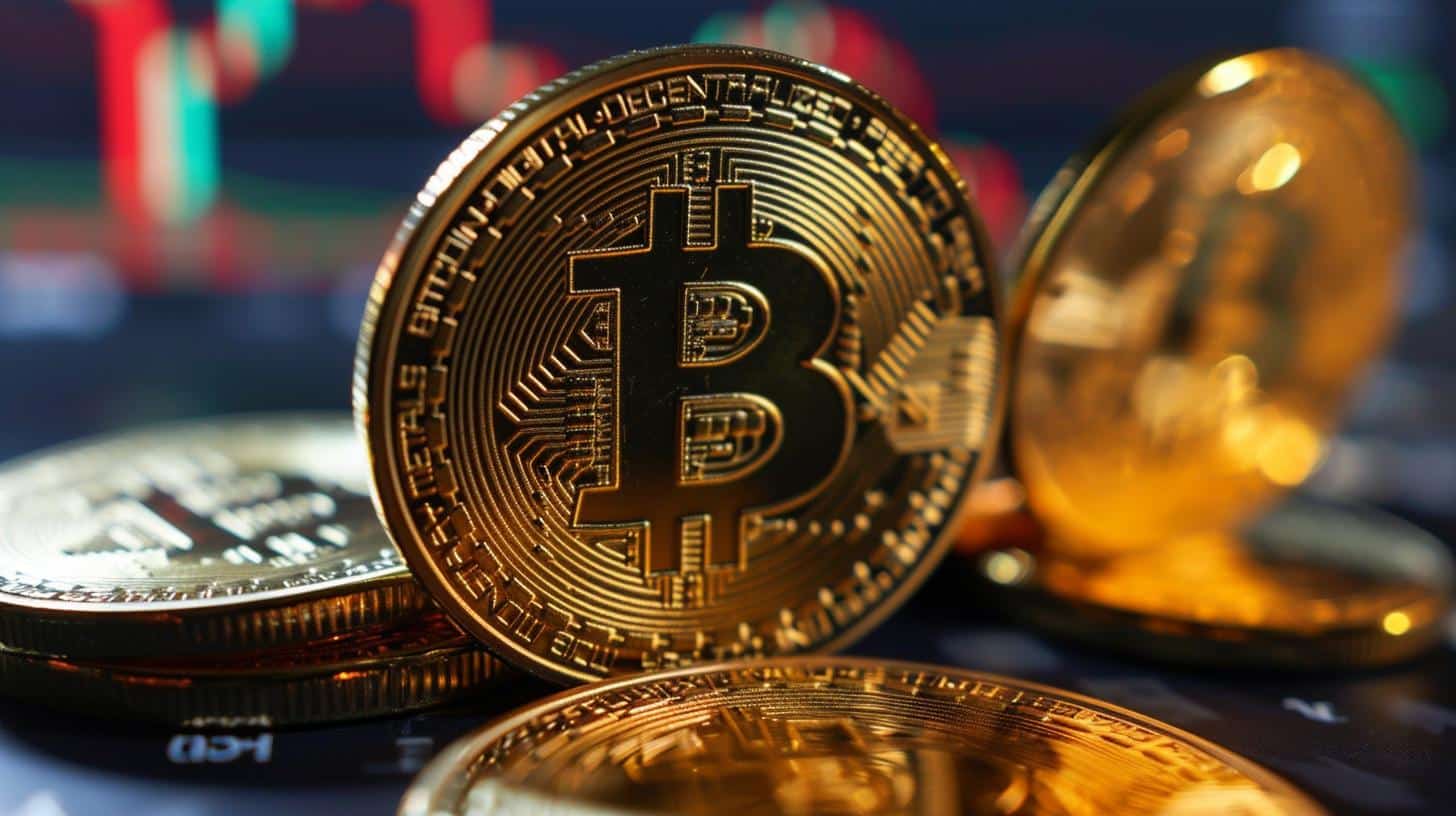Kinto Network to Cease Operations After Security Breach and Financial Struggles
The Kinto token (KINTO), which governs the Kinto Network, has plummeted by more than 80% following the announcement that its Ethereum layer-2 (L2) blockchain will shut down by the end of September. This decision comes after a series of challenges culminating in a significant hack and dwindling financial resources.
Security Breach and Funding Collapse
In July, Kinto suffered a security breach that resulted in the loss of approximately 577 Ether (ETH), valued at around $1.6 million, due to a vulnerability in the ERC-1967 Proxy standard—a widely used OpenZeppelin codebase that facilitates upgradeable smart contracts without changing addresses. This exploit affected several other projects in the industry as well.
Following the hack, Kinto secured $1 million in debt financing to restore trading on its modular exchange platform. However, adverse market conditions hindered further fundraising efforts, forcing the team to conclude that continuing operations was unsustainable.
In a Medium post, Kinto stated, “Every day that we go on, the funds dwindle further. We’ve operated without salaries since July, and after the last financing path fell through, we have one responsible choice left: shut down cleanly and protect users/lenders as best as possible.”
High Yield Promises Amid Financial Strain
Critics have noted that Kinto’s offering of extremely high annual percentage yields (APYs) on stablecoins, reaching as high as 130% in USDC staking even after the hack, may have contributed to its financial instability. Such high yields are notable within the decentralized finance (DeFi) space but carry significant sustainability risks.
Platform Features and Recovery Efforts
Built on Arbitrum and leveraging Ethereum for settlement, Kinto’s platform combined aspects of centralized and decentralized exchanges, offering modular trading including tokenized stocks such as Apple, Microsoft, and Nvidia.
In its winding-down plan, Kinto announced it would distribute remaining assets—including $800,000 in Uniswap liquidity—to its “Phoenix” lenders who supported the relaunch. These lenders are expected to recover approximately 76% of their principal.
Additionally, Kinto is establishing a “goodwill grant” to compensate hack victims, providing $1,100 per affected address. Founder Ramon Recuero has pledged over $130,000 of his own funds toward this relief effort. The team also plans to pursue further asset recovery and, if successful beyond victim compensation, will allocate excess funds to the community via Snapshot governance voting.
Users have been urged to withdraw their assets before September 30. After that date, claims will need to be made through a perpetual claim contract that Kinto intends to deploy.
Founder’s Track Record and Market Reaction
This marks the second crypto project closure for Ramon Recuero, who previously led Babylon Finance. Babylon shuttered in November 2022 following a separate hack that resulted in a $3.4 million loss, with Recuero citing an inability to reverse the negative momentum caused by that incident.
Since the shutdown announcement, KINTO’s token price has dropped 81.4% to $0.46, with market capitalization barely exceeding $1 million, according to CoinGecko data. This decline follows a peak market cap of $14.5 million in mid-August, just months after the token’s April launch.
FinOracleAI — Market View
The announcement of Kinto’s shutdown and the preceding hack have severely undermined investor confidence, as reflected in the sharp token price decline. The high yields promised by Kinto, which raised sustainability concerns, likely exacerbated financial pressures when coupled with the security breach.
Risks remain from potential further asset recoveries and the success of compensation efforts, which could influence market sentiment. Stakeholders should monitor the progress of asset distributions and the broader regulatory response to layer-2 security vulnerabilities.
Impact: negative













